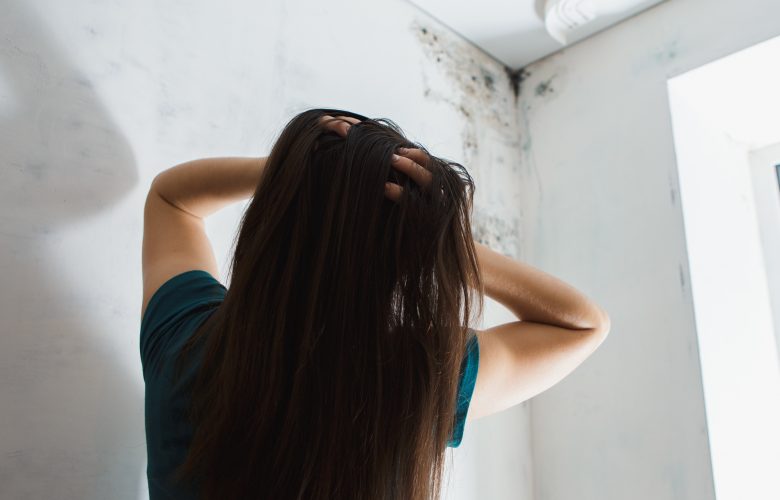The CDC said that toxic mold can cause adverse health effects and will be keeping a watchful eye on its infestations.
Frankly, so should you.
Whether you just re-decorated your bathroom or refurbished your living room, no one wants to deal with a mold infestation.
Here are the top five signs of toxic mold you need to know, so you can protect your health and your wallet from substantial damage.
1. That Very Distinct Odor
You walk into your delightfully decorated kitchen, and while everything looks lovely, there is that musty smell that won’t go away no matter how much you clean.
Mold has a very distinct odor that most people can identify, and it’s usually the first sign that you have mold growing somewhere in your home.
Check out every nook and cranny in your kitchen, but the odor should be more than enough to call for an inspection.
2. You Can See the Mold Infestation
In this case, it’s right there for you to see.
Mold comes in a variety of nauseating colors and textures, some rather outlandish and others more insidiously like common dirt.
Mold can be:
- Greenish-black with a slimy texture
- Black
- Covered in small spores that look like dirt or soot
- White with a thread-like texture
- Gray-green or gray-brown slime
- Covered with orange spores
- Pinkish-purple
Regardless of what the unidentified substance looks like, it can grow and spread to other areas if left unattended.
3. Fresh Food Spoiling
Usually, if a couple of apples go bad, it is nothing to worry about. However, if your fruits or vegetables get moldy in the span of a day or two, then it is time for a closer look.
If you have a random fruit or two that spoiled quickly, it might be a simple bad batch of fruit.
But if that’s becoming a common issue and you start noticing this problem happening multiple times with different food groups, then it’s a sign of mold.
4. Water Problems and Leaky Pipes
If you had any sort of water issues in your house, then your risk of a mold infestation has just skyrocketed.
If you had a recent flooding, plumbing problems, or leaky pipes, go check around these areas for any sign of water damage.
Water damage may come in the form of discoloration, either around the pipes, the ceiling or the floors. There are the more obvious signs like seeing the wallpaper or paint bubble, crack, or peel.
All those signs lead to the horrific conclusion: there are colonies of unwanted mold growing in your home.
5. Allergies or Asthma Problems
Mold is a common allergen. Some people might have specific mold allergies, and those are a natural alarm-raiser.
However, if you have allergies, asthma, or other respiratory problems; mold can exacerbate your symptoms.
Learn more about toxic mold to avoid a plethora of severe health problems that can dog your steps.
Don’t Ignore the M-Word
We repeat, DON’T IGNORE THE MOLD. It might seem like the path of least resistance, but a mold infestation will not go away on its own (no matter how much you wish otherwise).
It would be a shame to have the mold take over your cool new furniture, so go schedule an inspection if you see any signs of it in your house!

